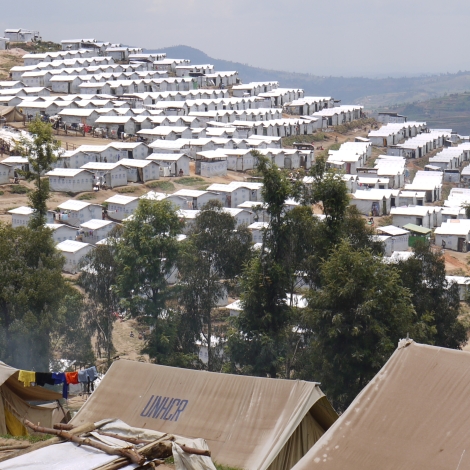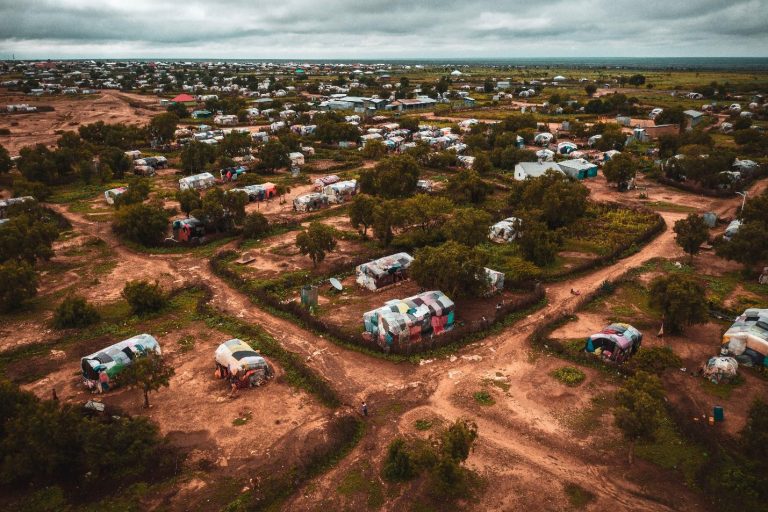Refugee camps require meticulous planning before they can provide clean, safe and dignified living spaces for their inhabitants. The UN High Commissioner for Refugees has developed a package of templates for mapping and planning camp sites. In an Engineering for Change (E4C) Fellowship project sponsored by the Autodesk Foundation, Fellow Dima Abu-Aridah worked with UNHCR to operationalize five drawings and six documents that constitute the organization’s Basic Package of settlement planning templates.
The work began in 2021 as a collaboration between Ms. Abu-Aridah, a PhD candidate in architecture at Pennsylvania State University, John Wain, Senior Shelter Cluster Coordinator Officer UNHCR in Yemen, and other stakeholders.
“The project focused on the delivery of settlement planning tools and templates as a key component for operationalizing our integrated settlement planning framework. The role entailed close collaboration with multi-sector colleagues across nine operations,” Mr. Wain said in comments at Impact.Engineered, the annual conference hosted by E4C. “And that included colleagues from energy, environment, which is becoming crucially important for settlement planning issues, and water and sanitation,” Mr. Wain said.
As described in E4C’s research pages:
The standard drawing templates included scales, pen weights, coordinate systems, settings, symbols, and other critical references, while the standard document templates included proposed report outlines and descriptions of the proposed contents in addition to standard assessment forms where needed. For example, key templates such as that on Natural Features and Key Ecological considerations support TSS’s efforts in the greening of its operations and mainstreaming climate change considerations within its settlement planning initiatives. These drawings and documents will contribute towards sustainable settlements planning, as UNHCR continually integrates humanitarian emergency approaches into multi-sectoral, longer-term, and resilient interventions that result in improved environmental outcomes.
“The outcome of this collaboration was the delivery of enhanced settlement tools and templates, which are now available to guide technical colleagues in the field when developing settlement plans, ensuring an improved quality of life for millions of people living in settlements in camp-like situations throughout the world,” Mr. Wain said.
The E4C Fellow Ms. Abu-Aridah was particularly suited to the work, Mr. Wain said, given her background in architecture and urban planning, and her work in refugee camps in her home country of Jordan. For her part, Ms. Abu-Aridah said she valued the professional growth the work afforded her.
“This project helped me to closely learn about the institutional efforts to enhance the refugee settlements and advance the quality of life for key persons of concern,” Ms. Abu-Aridah said.
The fellowship project continues this year with continued support from the Autodesk Foundation.
Dima Abu-Aridah and John Wain discuss their work at Impact.Engineered 2021:

